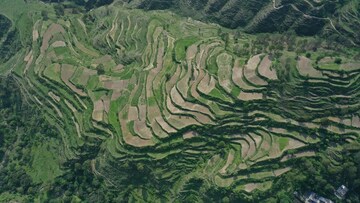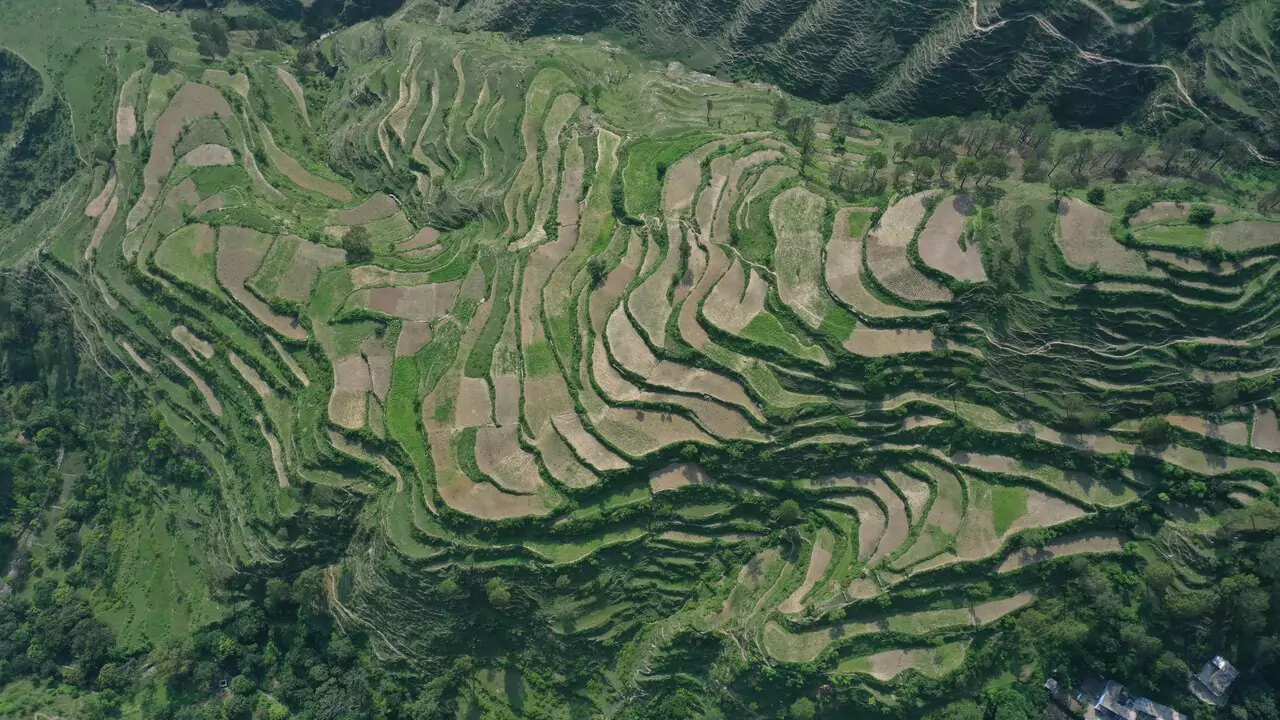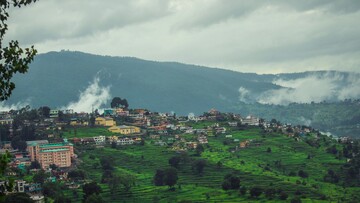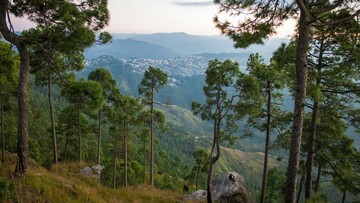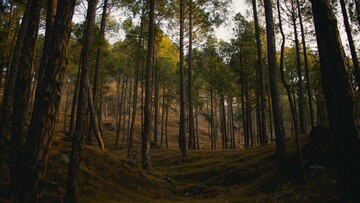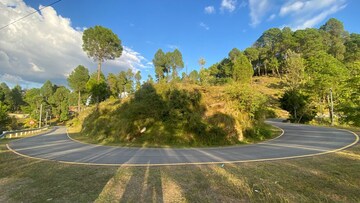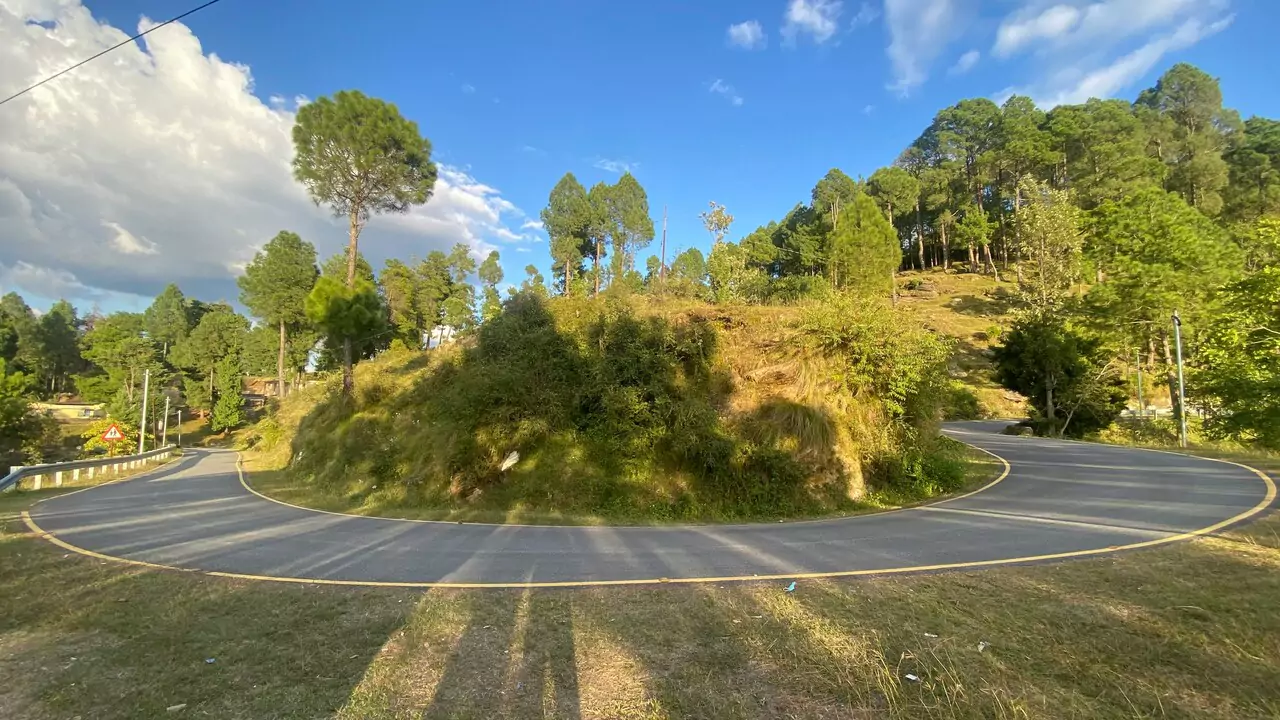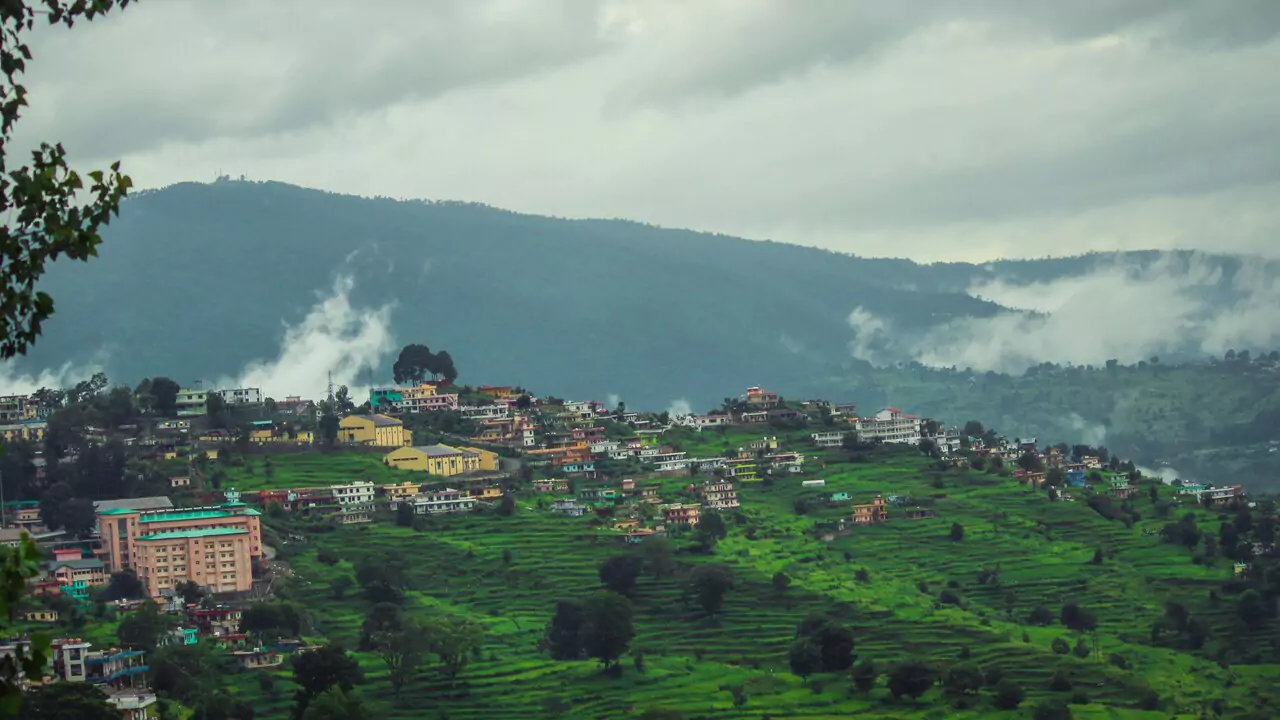
Description
Almora, this bewitching hill station, is located at an average height of 1,638 meters and extends across a 5 km ridge atop Kashyap Hill. Surrounded by dense pines and ancient oaks, the city has a heavenly aura that is enough to attract backpackers. To make the landscape even more mesmerizing, the snow-capped Himalayas stand in utmost grandeur to satisfy visitors. The town owes its name to “Kilmora,” a small plant found in the nearby regions, used for washing utensils at the Katarmal shrine. The people who used to convey the plant were referred to as Kilmori or Almori. Hence, the municipality came to be known as Almora. Almora is well-known for its attractive beauty, panoramic views of the Himalayas, rich cultural heritage, unique handicrafts, and delicious cuisine. The charming scenery of Almora attracts hundreds of tourists each year as it is one of the business hubs of the Kumaon region. Chitai Golu Devta Temple and Nanda Devi Temple are the well-known temples of Almora. Kasar Devi, built on a mountain peak close to Kalimuth, is another notable site.
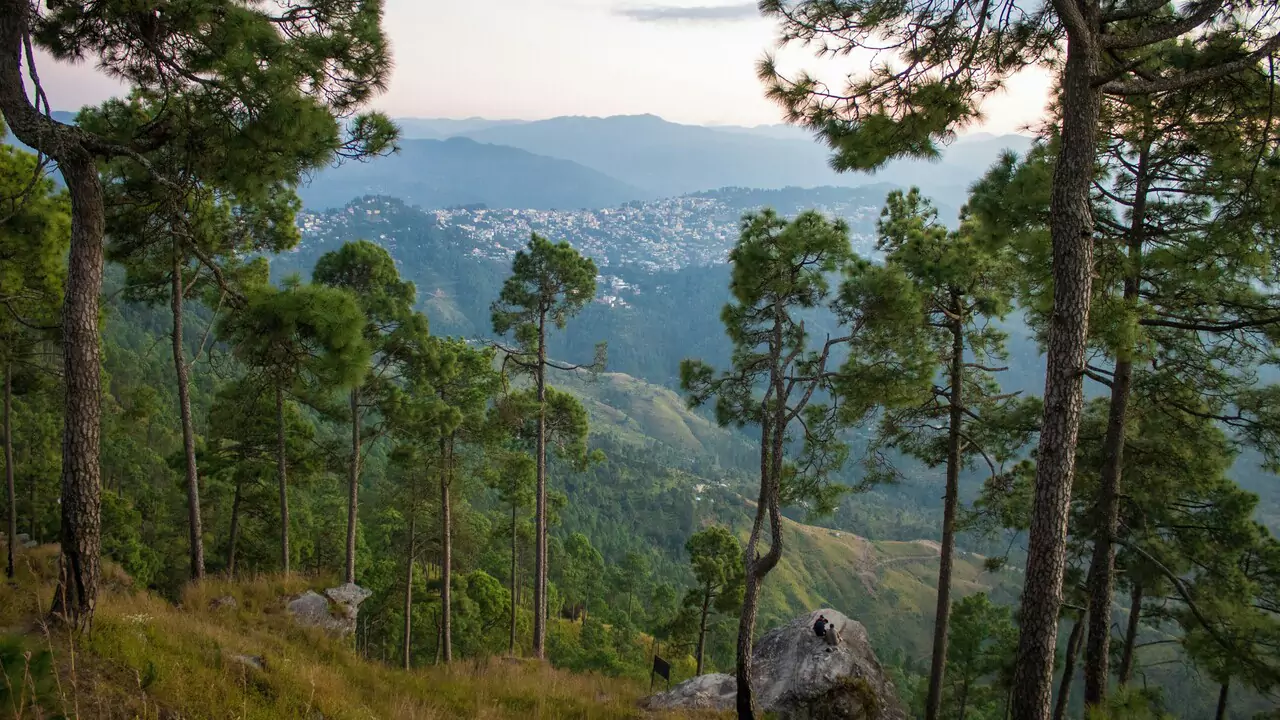
Best Time to Visit Almora
Almora, the summer capital of the Chand Kings of Kumaon, is best visited during the spring-summer season, i.e., between March and May. During this time, the weather provides a pleasant break from the boiling heat experienced in other parts of the country. It is also an ideal time for outdoor and adventure activities like trekking and hiking. Almora sees a large number of trekkers joining adventure clubs and setting out on exciting expeditions amidst the picturesque surroundings. The winter period (November to February), on the other hand, is cold and may not be everyone's choice of a travel destination, but off-beat travellers can make the most of the season. Monsoons, the time between July and September, mostly affect outdoor activities and are, therefore, not recommended for tourists who wish to explore Almora.
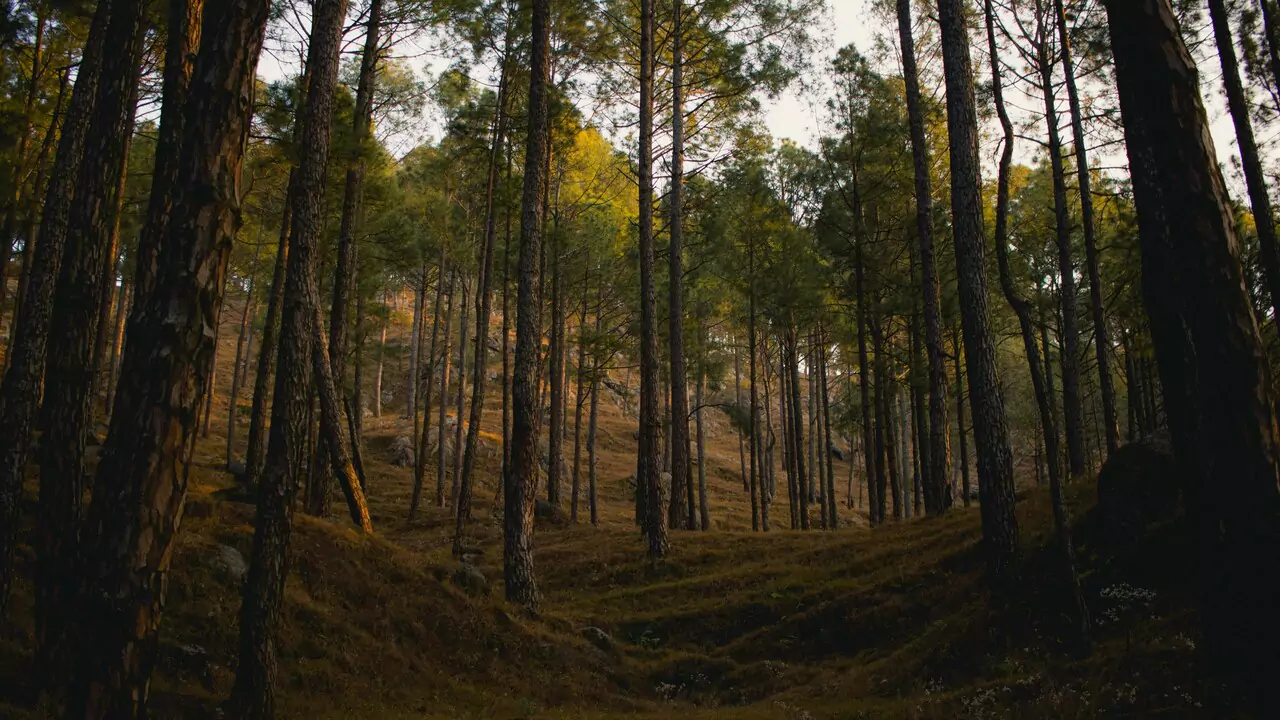
How to Reach Almora
Gallery
